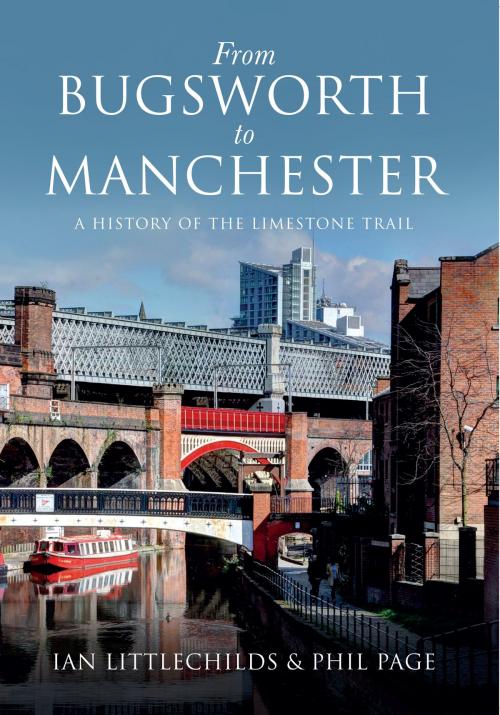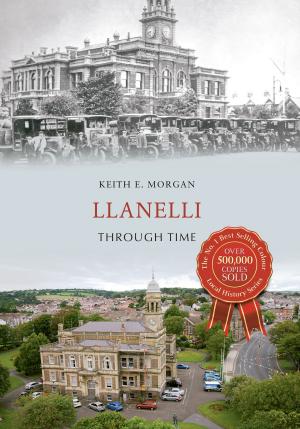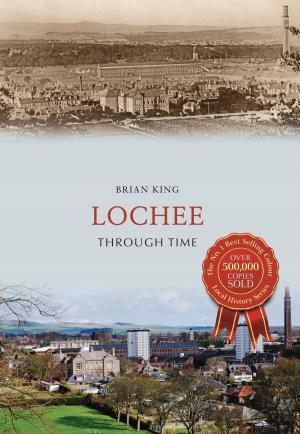From Bugsworth to Manchester
A History of the Limestone Trail
Nonfiction, Art & Architecture, Photography, Pictorials, Travel, History| Author: | Ian Littlechilds, Phil Page | ISBN: | 9781445640938 |
| Publisher: | Amberley Publishing | Publication: | June 15, 2015 |
| Imprint: | Amberley Publishing | Language: | English |
| Author: | Ian Littlechilds, Phil Page |
| ISBN: | 9781445640938 |
| Publisher: | Amberley Publishing |
| Publication: | June 15, 2015 |
| Imprint: | Amberley Publishing |
| Language: | English |
In 1796 the 6-mile Peak Forest Tramway opened linking the Derbyshire quarries to the canal system at Bugsworth, near Whaley Bridge, in Derbyshire. Over the next ten years, great engineers and entrepreneurs like Benjamin Outram and Samuel Oldknow developed a vision of bringing limestone and other goods over 20 miles from the heart of the Peak District into the centre of industrial Manchester and beyond. Great feats of engineering, such as the construction of Marple Locks and Aqueduct, allowed the Peak Forest Canal to meet with the Ashton Canal at Portland Basin and establish a trade route unique to the developing canal system. Today, the route is still used by canal enthusiasts, walkers and cyclists who can embark on a nostalgic journey through the stunning beauty of the Peak District, industrial East Manchester and, eventually, via the Rochdale Canal, through the centre of Manchester itself. Many of the original buildings and structures of the route can still be found along its length and are a fitting reminder of the ingenuity, skill and vision of the industrialists of the late eighteenth and nineteenth centuries.
In 1796 the 6-mile Peak Forest Tramway opened linking the Derbyshire quarries to the canal system at Bugsworth, near Whaley Bridge, in Derbyshire. Over the next ten years, great engineers and entrepreneurs like Benjamin Outram and Samuel Oldknow developed a vision of bringing limestone and other goods over 20 miles from the heart of the Peak District into the centre of industrial Manchester and beyond. Great feats of engineering, such as the construction of Marple Locks and Aqueduct, allowed the Peak Forest Canal to meet with the Ashton Canal at Portland Basin and establish a trade route unique to the developing canal system. Today, the route is still used by canal enthusiasts, walkers and cyclists who can embark on a nostalgic journey through the stunning beauty of the Peak District, industrial East Manchester and, eventually, via the Rochdale Canal, through the centre of Manchester itself. Many of the original buildings and structures of the route can still be found along its length and are a fitting reminder of the ingenuity, skill and vision of the industrialists of the late eighteenth and nineteenth centuries.















